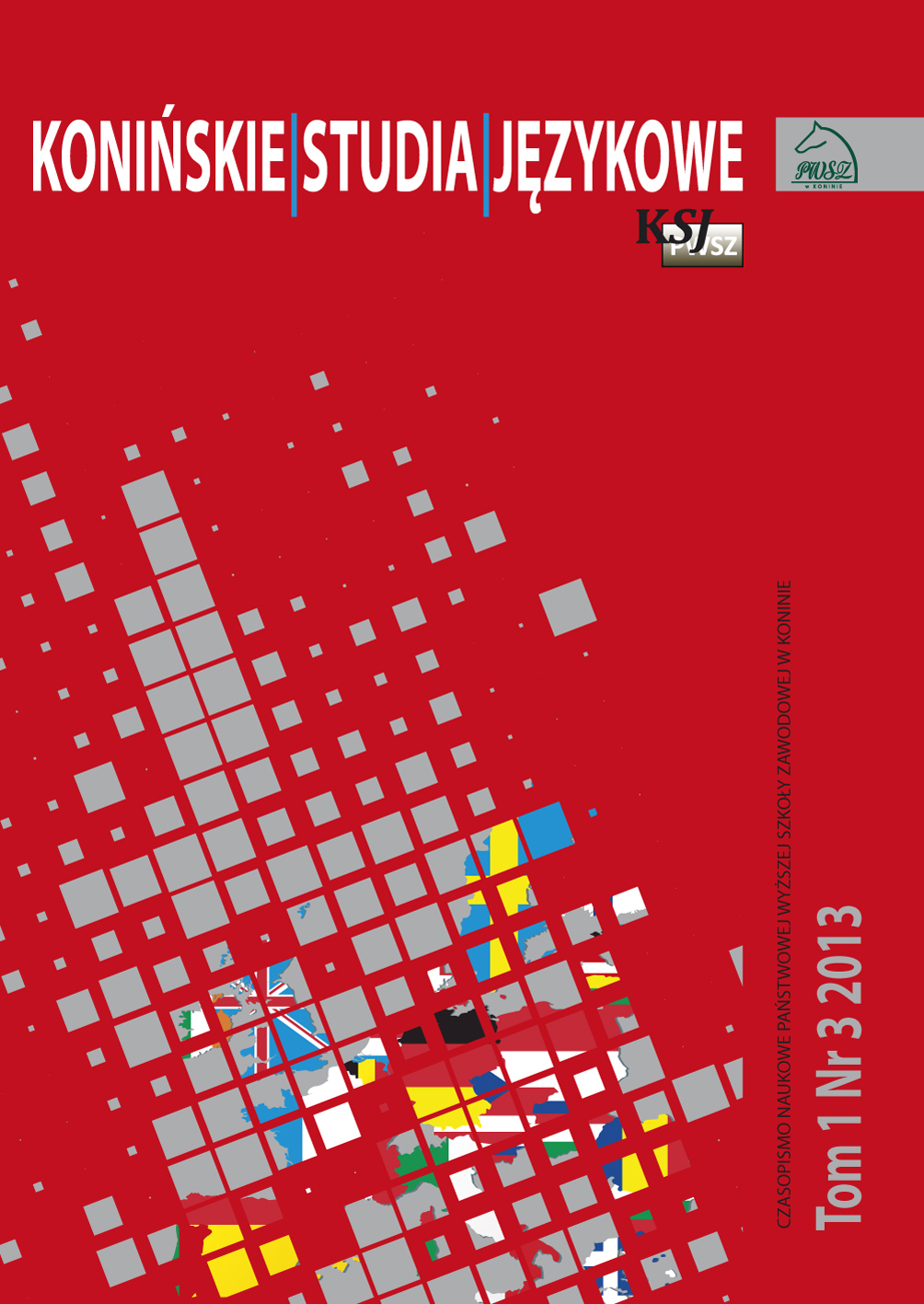Ilościowy opis rytmu w języku polskim jako obcym
Quantitative description of rhythm in Polish as a foreign language
Author(s): Agnieszka WagnerSubject(s): Language studies, Foreign languages learning
Published by: Akademia Nauk Stosowanych w Koninie
Summary/Abstract: This study concerns the realization of speech rhythm in Polish by Germans and Koreans. Two types of rhythm metrics: %V-ΔC and nPVI-rPVI and ratenormalized consonantal metrics – lnΔC and nPVI-C are used to analyze temporal patterning in native and non-native Polish and to quantify the influence of speaker’s L1 on the realization of speech rhythm in Polish. The results of the statistical analyses (ANOVA, Tukey’s tests) showed that combination of vocalic metrics %V and nPVI discriminates the best between native and non-native speech, as well as between the two non-native accents and can be used in analysis of rhythm transfer from speaker’s L1 to the target language Polish. A smaller number of significant differences in the rhythm scores between German-accented and native Polish than between Korean-accented and native Polish is in line with the perceptual assessment of the salience of foreign accent in these two accent groups (strong in Korean-accented Polish and moderate in German-accented Polish). However, the study yielded evidence for instability of rhythm metrics which in certain cases are sensitive to speech rate. Therefore, some of the effects found in the statistical analyses may actually reflect different speech rates than rhythms, which questions the status of the metrics as acoustic correlates of speech rhythm.
Journal: Konińskie Studia Językowe
- Issue Year: 1/2013
- Issue No: 3
- Page Range: 323-342
- Page Count: 20
- Language: Polish

